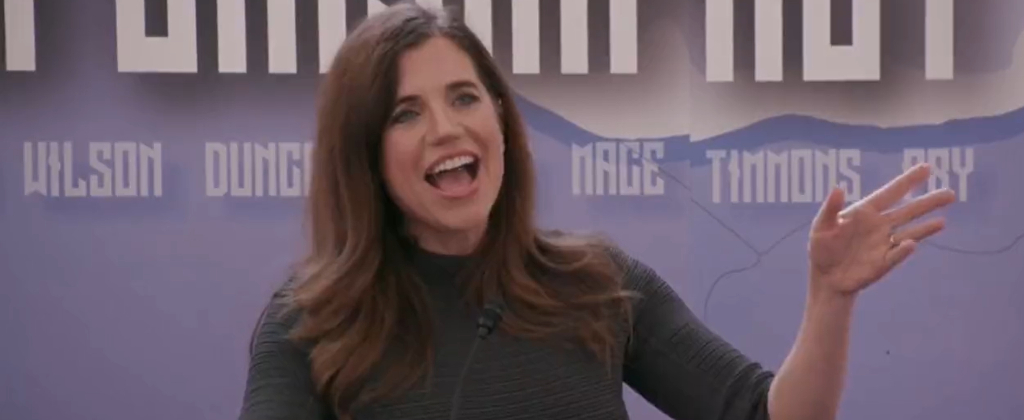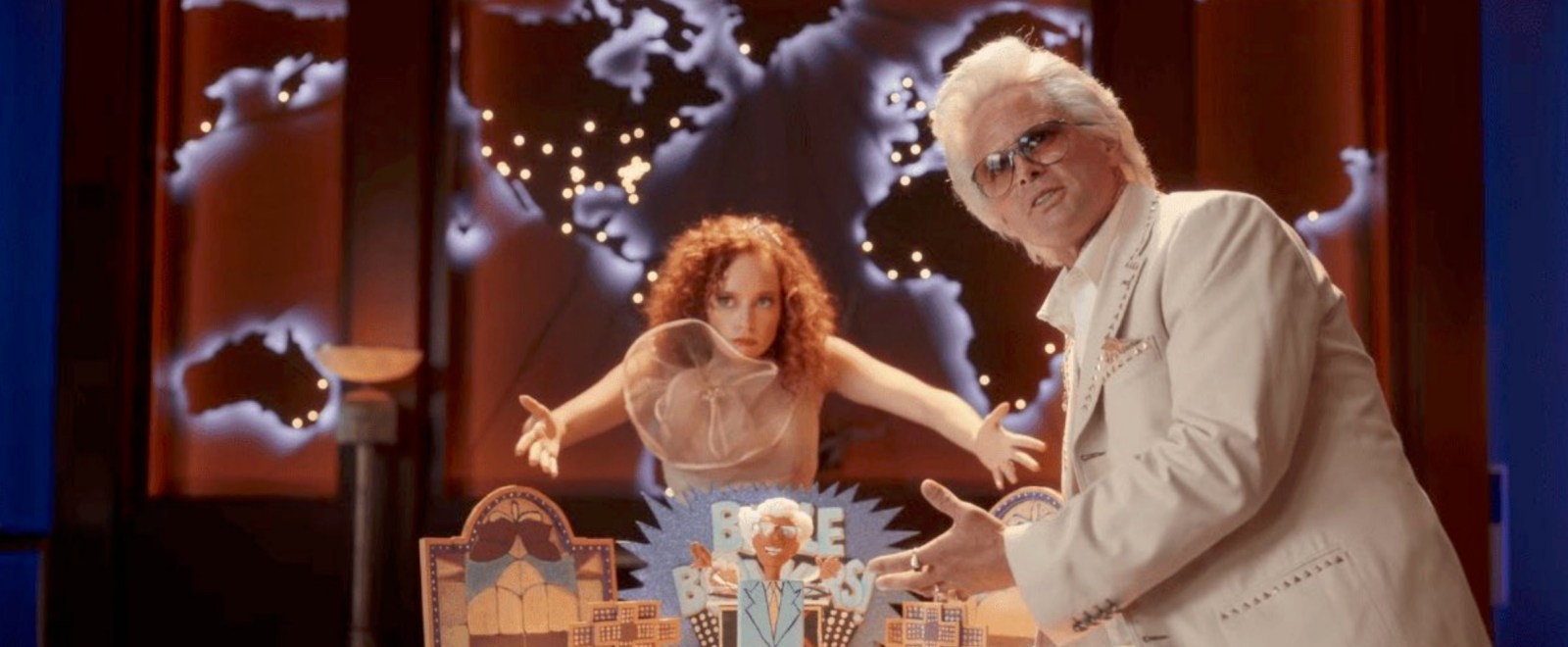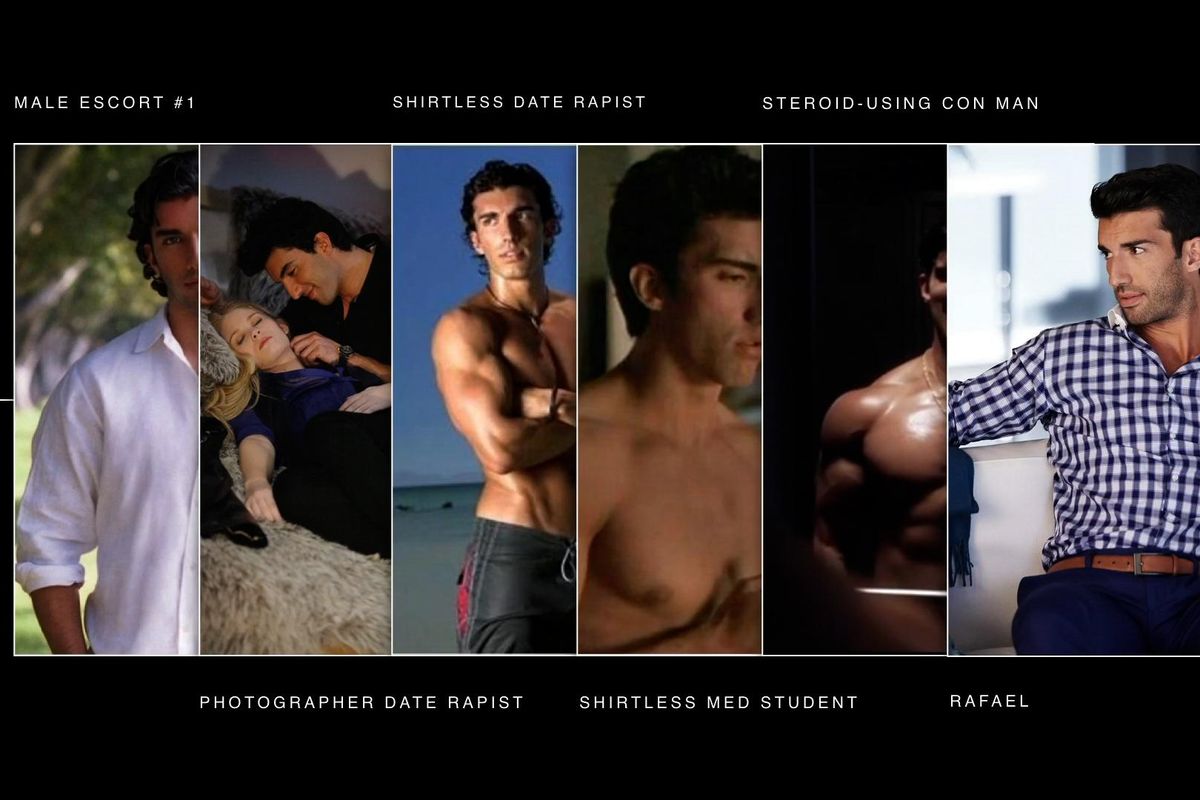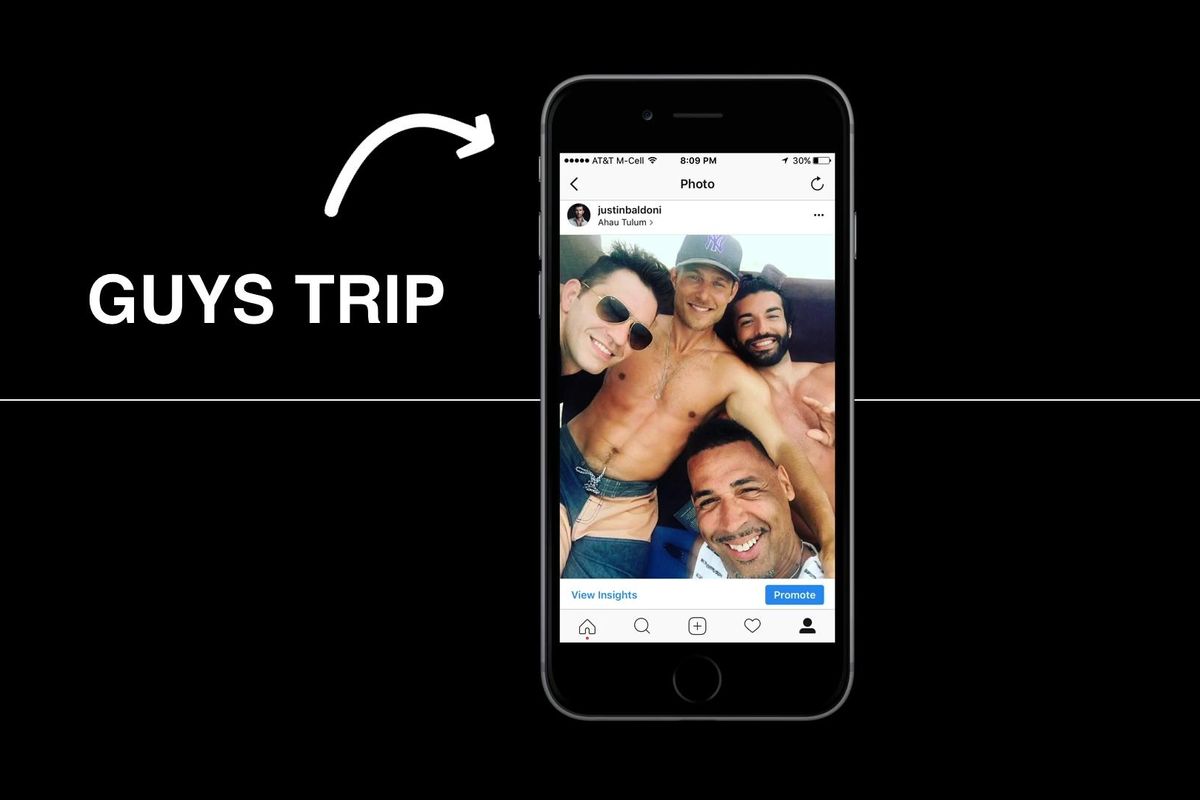For anyone else, a 1-1 draw against the Netherlands in group-stage play would be a welcome result. For the USWNT, it was a stunning upset.
With eight wins in their past 11 meetings, history was on Coach Vlatko Andonovski’s side. The US had capably handled the Dutch in the 2019 Women’s World Cup final, and eked out a win against their Oranje rivals in the 2020 Tokyo Olympics. Both teams have been plagued by injuries, welcomed new coaching staffs, and introduced different formations to their style of play – but the odds should’ve been in the United States’ favor.
Instead, during Wednesday night’s match, the Netherlands dominated first-half play, passing with precision, possessing with a sense of confidence, shutting down their opponent’s midfield tactics, and capitalizing on the few offensive chances they were given. The Dutch didn’t look as threatening in the attack as their American counterparts, but when they did float upfield, they made the most of their time there. Midfielder Jill Roord scored a stunning shot from the top of the 18 at around the 17-minute mark, a lead the Netherlands would hold onto until Lindsey Horan’s header off a corner kick tied the game in the 62nd minute. The US maintained control of the match after that, creating some better looks at goal that they couldn’t quite finish, but, by all accounts, they were lucky to squeak by with a draw when the whistle blew.
So, what does that mean for their future, both in group stage play and come the knockout rounds where they’re likely to face off against even tougher opponents like Spain and Sweden? Let’s break it down.
The Midfield Problem
Because this gripe isn’t anything Vlatko’s squad hasn’t heard before, we’ll just say it: The US has a midfield problem. It’s not that we don’t have talented players who can quickly transition from defense into the attack – we’ve got Lindsey Horan, Rose Lavelle, Ashley Sanchez, Savannah DeMelo … the list goes on. The issue lies with what we’re doing with that talent. Lavelle is on restricted minutes which hampers her impact, but if she can play a full 45, why not give her the start over an inexperienced DeMelo, who struggled to hold up against the pressure of the Dutch push?
Because of Andi Sullivan’s style of play, Horan has dropped back into a more defensive midfield position, which would work if we had attacking mids like Lavelle or Sanchez on the field to connect passes and make runs. Instead, the US seemed almost too defensive-minded in the first half, hesitating and giving an inexplicable amount of space to Netherland’s back three before pressing on the second pass. It might have been a good strategy, except the Dutch are too technically efficient to give them that kind of time on the ball. Instead of shutting down those second and third passes, our midfield was left to run themselves ragged, trying to cut off passing lanes and roadblock the Netherlands’ offensive attack. We wasted energy and ended up paying for that complacency early on. What’s worse, it felt like we abandoned a key element of the American game: our tenacity and aggression. By letting the Dutch control the tempo of play, it felt like the fight was sucked out of the US – and we wouldn’t find it again until the second half.
Sub Strategy
The USWNT has, arguably, the deepest bench of any team in the FIFA Women’s World Cup at the moment. And yet, the only sub Vlatko made happened at the start of the second half, when Lavelle replaced a tired and beaten DeMelo in the midfield. That substitution made a clear and immediate difference, but the choice to ignore his bench in favor of keeping tired legs on the field was likely the most confusing game tactic we’ve seen the USWNT coach make during his tenure. After Horan’s goal, the momentum shifted and more opportunities in the final third were popping up. The problem? Trinity Rodman was gassed after hounding the ball to help our defense during the first half, as was Alex Morgan, who seemed to be the only player interested in pressuring the Dutch’s defense all game. Sullivan had slowed, Crystal Dunn had made mistakes as the left back – a position she really shouldn’t be restricted to at this point given how fantastic she is in the midfield for her club team – and Sophia Smith was struggling to convert on the wing.
When you have Lynn Williams, one of the fastest strikers and defensively prolific players in the game, an equally quick Kelly O’Hara, an experienced and confident-on-the-ball Megan Rapinoe, and a scrappy Kristie Mewis on your bench, why wouldn’t you deploy them? Especially when the temperature of the match had shifted and a win was within your grasp?
Vlatko told reporters after the match that he was worried any sub would take a couple of minutes to adjust to the gameplay and throw off the team’s rhythm, which makes absolutely no sense given these are professional athletes, but even so. Is one to two minutes of adjustment for fresh legs and the chance of another goal worse than 20 minutes of tired forwards exhausting themselves further just for a draw that means we’ll need them in top form against Portugal?
The Front Three
There’s no easy way to say this, but something just isn’t clicking with the USWNT’s frontline. Each player – Smith, Morgan, and Rodman – are individual powerhouses, but their chemistry is noticeably off. Not because they can’t play well together, but because they’re being asked to play in positions and styles that don’t cater to their strengths as strikers. Smith is at her best when she’s attacking central, running at defenders, shooting from the 18, and passing to the wings before accepting a cross. Rodman is terrific on the flank, but she’s only there to score goals. The minute some defending or pass connections must be made, her game lags. And Morgan, who Vlatko has dubbed a playmaker, is stuck up top, in the middle, with two less-experienced wingers whose focus is less on the buildup and more on the end result being the back of the net.
No amount of extra minutes playing together is going to solve the fundamental problem – this lineup wasn’t built to work.
Youth vs. Experience
So much has been made about diversity when it comes to the age of players on the USWNT. Alyssa Thompson is the baby, an 18-year-old superstar in the making while Rapinoe is the team’s oldest member, a “cool Gay aunt” in her words who knows how to dictate play and come up big in key moments. If we were leveraging both, the age gap might not be an issue. But, as it stands, Vlatko seems to prefer young, fresh, untested talent in big matches. Sometimes that pays off – as with Smith and Naomi Girma. And sometimes, adjustments need to be made, especially when we are facing teams like the Netherlands who have years of built-in chemistry playing together at the national level.
Would Rapinoe, Lavelle, or Williams – all players who have faced the Netherlands and beat them in big games – have made a difference if they came on, or came on sooner? Who knows. But as it stands, there seems to be a disconnect between how much Vlatko values experience versus how much stock this team is putting into its new additions. Balance feels like the key here.
Making Horan Angry
We imagine most teams watching film from the Netherlands match will have learned Daniëlle van de Donk’s lesson: Don’t make Lindsey Horan angry. You won’t like her when she’s angry. After fielding a careless and, frankly, dangerous challenge from her Lyon teammate, Horan got into a heated argument with the Dutch player, one the referee bizarrely tried to defuse by having the two hash it out on the field … during play.
As weird as the whole incident was, Horan harnessed her emotions and converted them into a set-piece goal that saved the team’s chances of advancing out of the group stage. If there’s a way to ensure a fire is lit underneath the USWNT’s co-captain each game going forward, we’d love to hear about it.













 “Most of the men I play ooze machismo, charisma, and power,” he said. “And when I look in the mirror, that’s just not how I see myself.”
“Most of the men I play ooze machismo, charisma, and power,” he said. “And when I look in the mirror, that’s just not how I see myself.”


